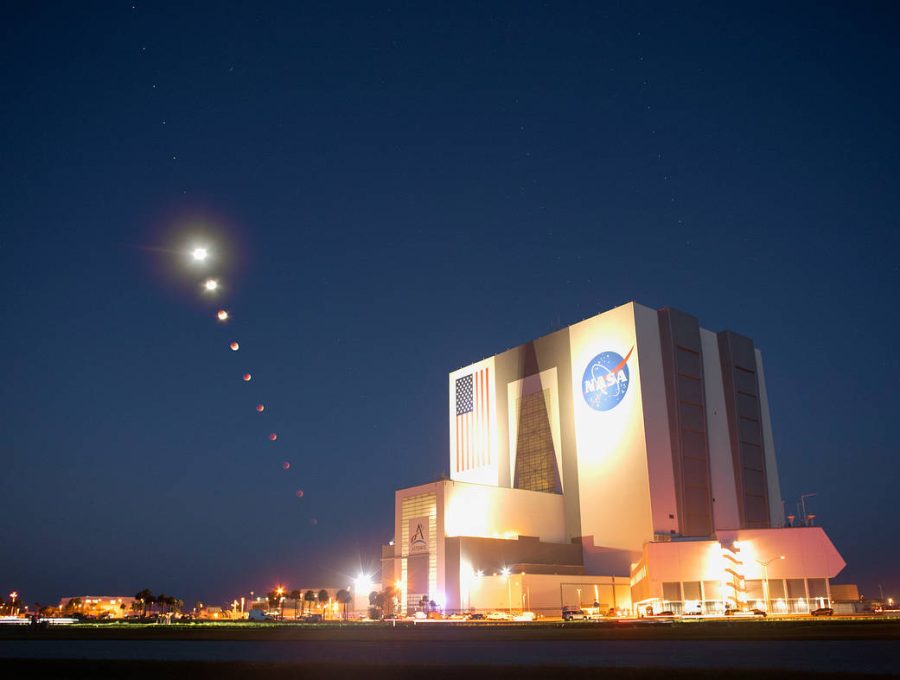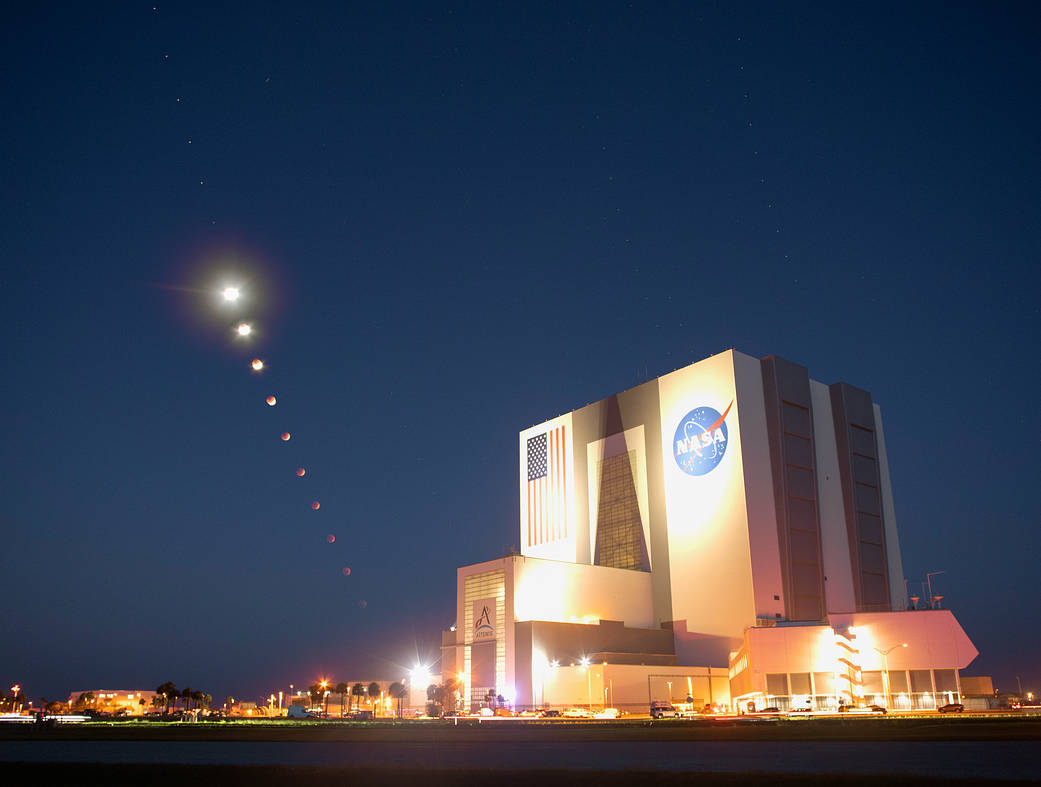
South Africa’s New Ground Site Will Help NASA Track Space Flights, as Lunar Partnership Renewed
The South African National Space Agency (SANSA) and NASA today renewed their partnership in lunar exploration with the groundbreaking of a new communications facility that will help the Artemis missions return humans to the Moon. The facility will be in Matjiesfontein, in the Central Karoo, and is Africa‘s first Deep Space Ground Station! The groundbreaking […]

The South African National Space Agency (SANSA) and NASA today renewed their partnership in lunar exploration with the groundbreaking of a new communications facility that will help the Artemis missions return humans to the Moon. The facility will be in Matjiesfontein, in the Central Karoo, and is Africa‘s first Deep Space Ground Station!

The groundbreaking at the future site of a new Lunar Exploration Ground Sites (LEGS) antenna took place in Matjiesfontein (MTJ) in the Western Cape today where SANSA officials were joined by Badri Younes, Deputy Associate Administrator for NASA’s Space Communications and Navigation (SCaN) program. Younes said:
“Location, weather and existing infrastructure make Matjiesfontein the ideal place to build this antenna. We really couldn’t have asked for a better spot on Earth than here in South Africa, with whom we first partnered six decades ago to land the first humans on the lunar surface.”
The ceremony was preceded by the signing of a Letter of Intent between NASA and the South African Department of Science and Innovation to formalise the space exploration partnership. Located approximately 240 km (150 miles) northeast of Cape Town, MTJ will be one of three, 18- to 24-metre, communications LEGS antennas strategically placed around the globe to ensure near-continuous connectivity between astronauts on NASA’s Artemis spacecraft and those who’ll subsequently come to work on and around the lunar surface.

South Africa played critical role in NASA’s Apollo missions in the ’60s
South Africa was home to a ground tracking station outside Johannesburg at Hartebeesthoek (HBK) that played a critical role in NASA’s Apollo missions in the 1960s. Artemis, named for Apollo’s sister, will land the first woman and person of colour on the Moon in 2025, paving the way for a long-term lunar presence, and serving as a stepping-stone to send astronauts to Mars.
“We see this partnership as mutually beneficial,” said Dr. Phil Mjwara, DSI Director General. “Matjiesfontein ground station will alleviate increased demand for NASA’s Deep Space Network (DSN), allowing Artemis to meet its goals and expand our scientific knowledge of key challenges to astronaut health and safety, such as space radiation, altered gravity fields, isolation and confinement, closed environments, and extreme and prolonged distance from Earth.”
MTJ will join future LEGS facilities at NASA’s White Sands Complex in Las Cruces, New Mexico and a still-to-be-determined location in Australia. With a LEGS station in North America, South Africa, and Australia, the Moon will always be in Earth’s view to ensure essential, enhanced direct-to-Earth communications capabilities up to two million km away through NASA’s Near Space Network (NSN).
“We are pleased that this project has reached a significant milestone with the support of the Department of Science and Innovation as well as the partnership of NASA,” said Tiaan Strydom SANSA acting Commercial Services Executive.

“Matjiesfontien ground station extends SANSA space capabilities and specialization, taking the agency a notch higher as a global player in space science and technology.”
SCaN’s Younes added:
“The Moon brought NASA and South Africa together 60 years ago. I’m so pleased it’s done so again today.”
Coincidentally today was a special day in the lunar calendar, with the photo at the top of the page taken at NASA’s Kennedy Space Center in Florida today (8 November) showing a Blood Moon total Eclipse.
Younes said the launch of the first (un-crewed) flight of Artemis should take place next week (14 November). The first flight to be crewed will be the third Artemis, which will be launched in 2025… when “the first person to land on the moon this time is going to be a woman of colour,” Younes said.
